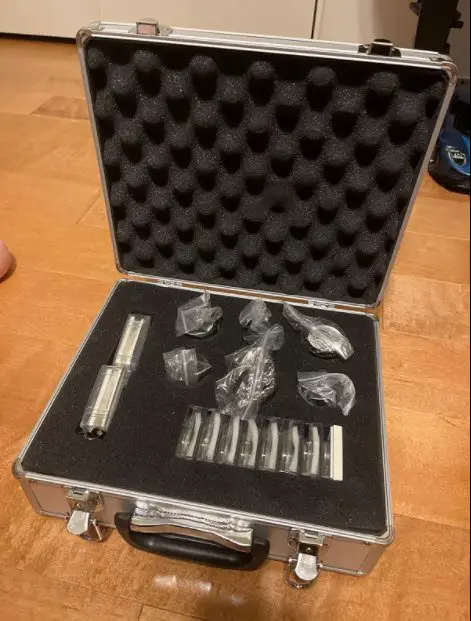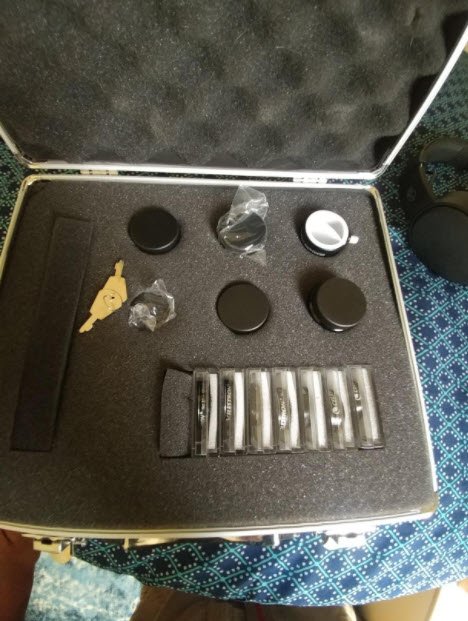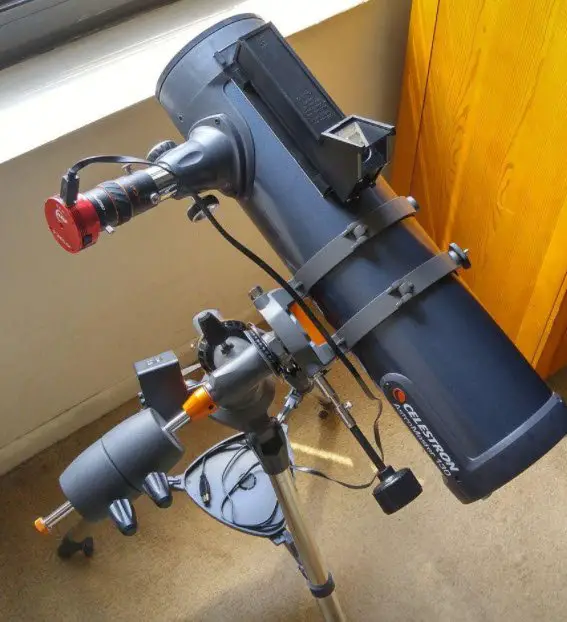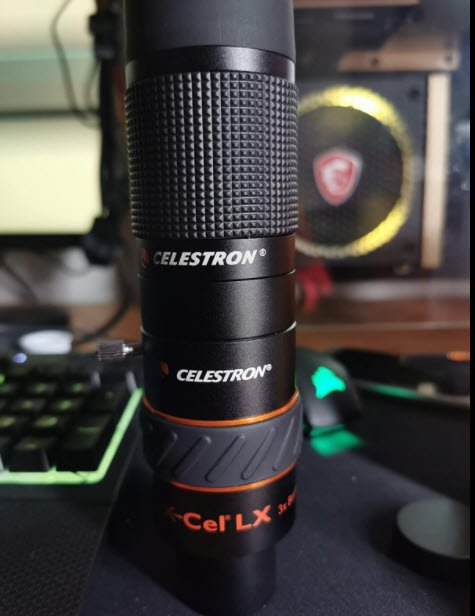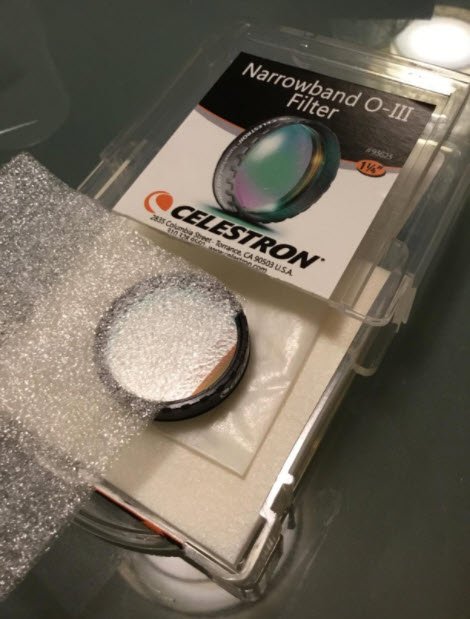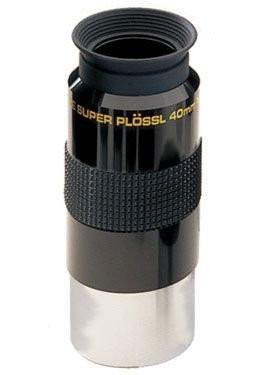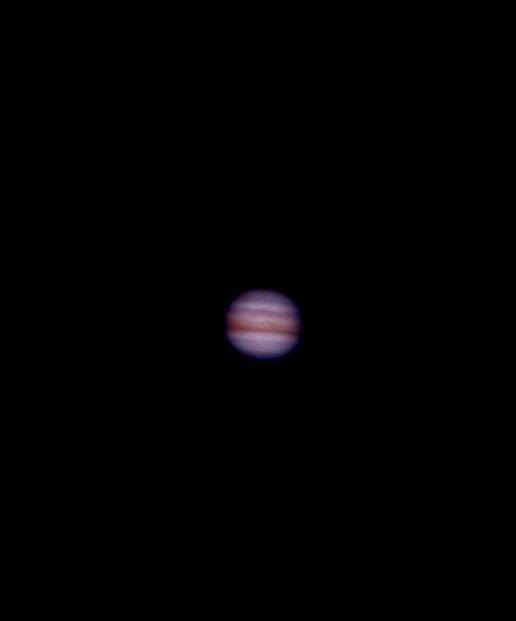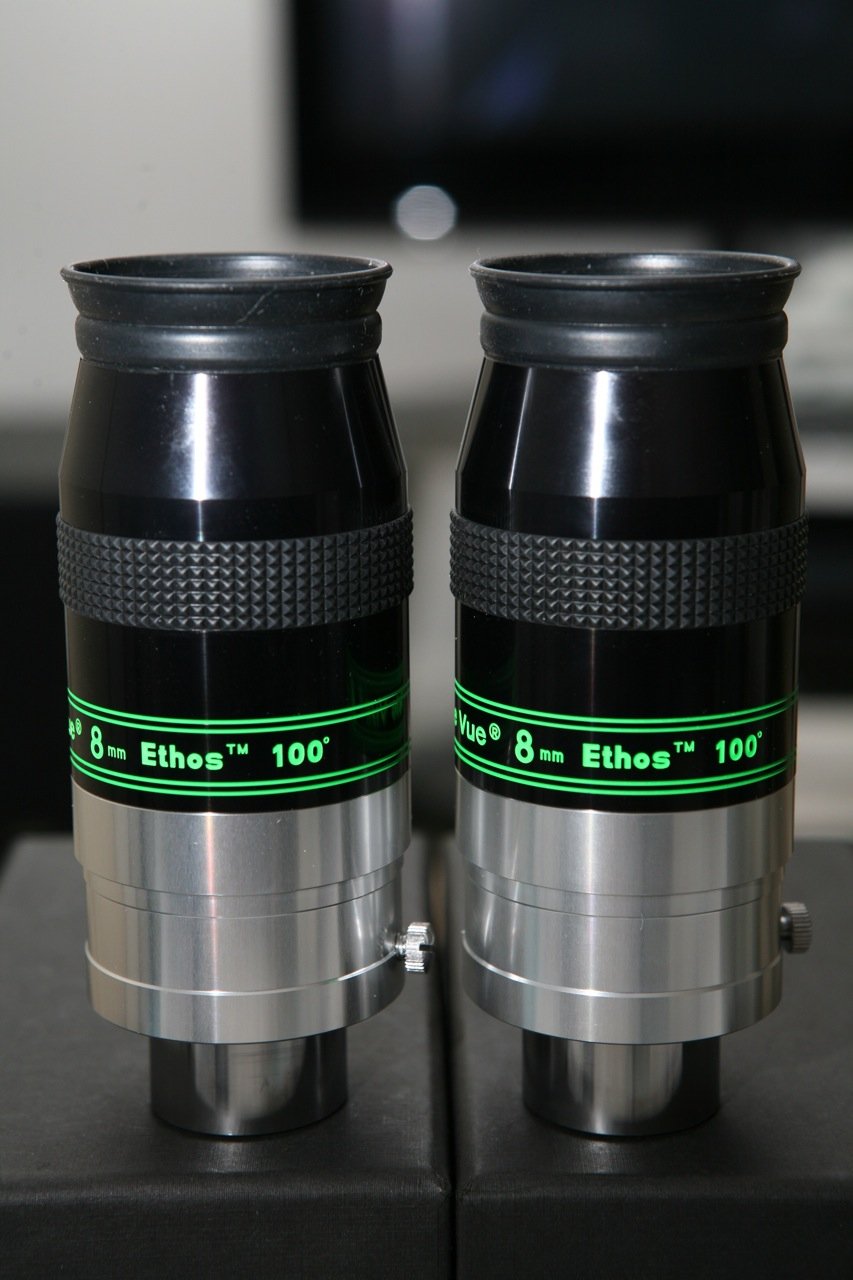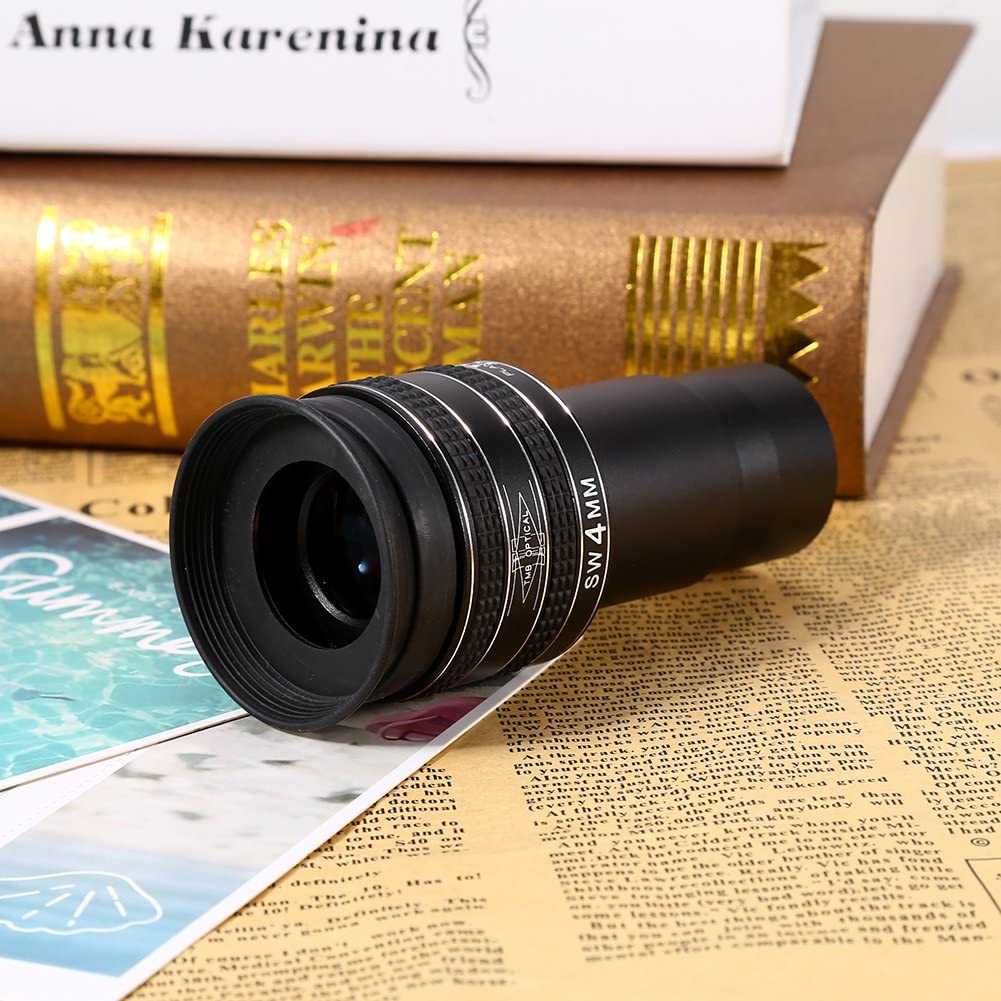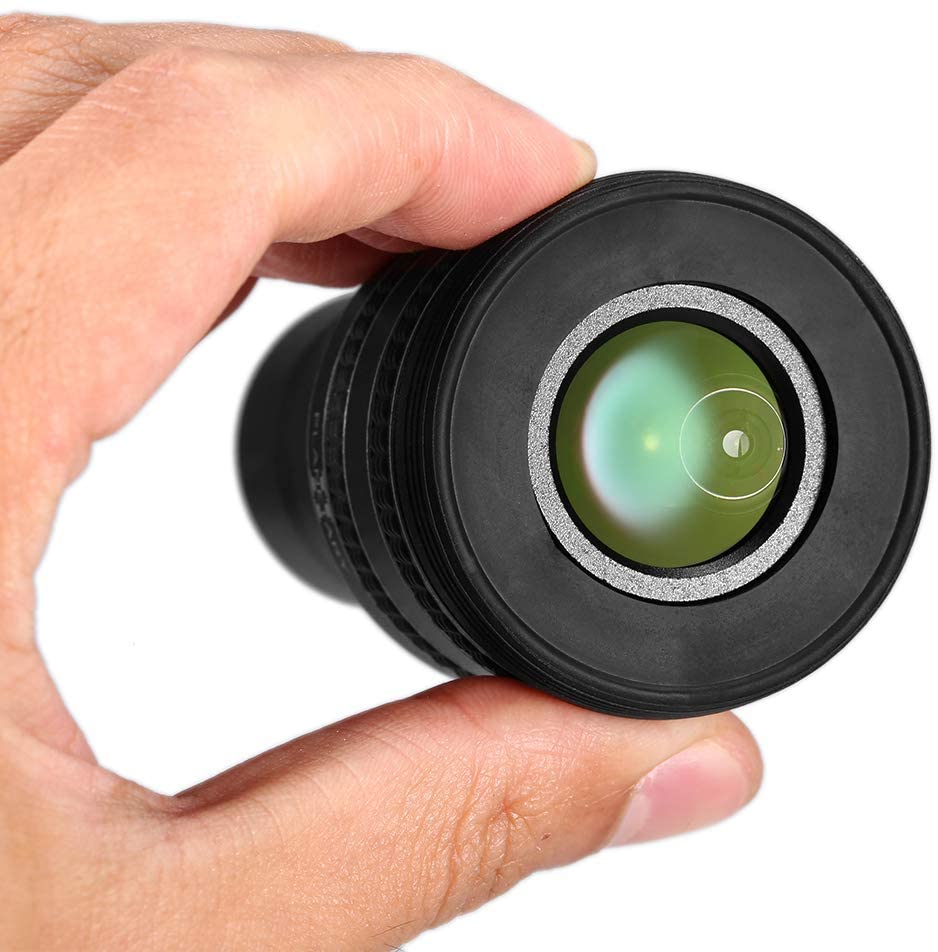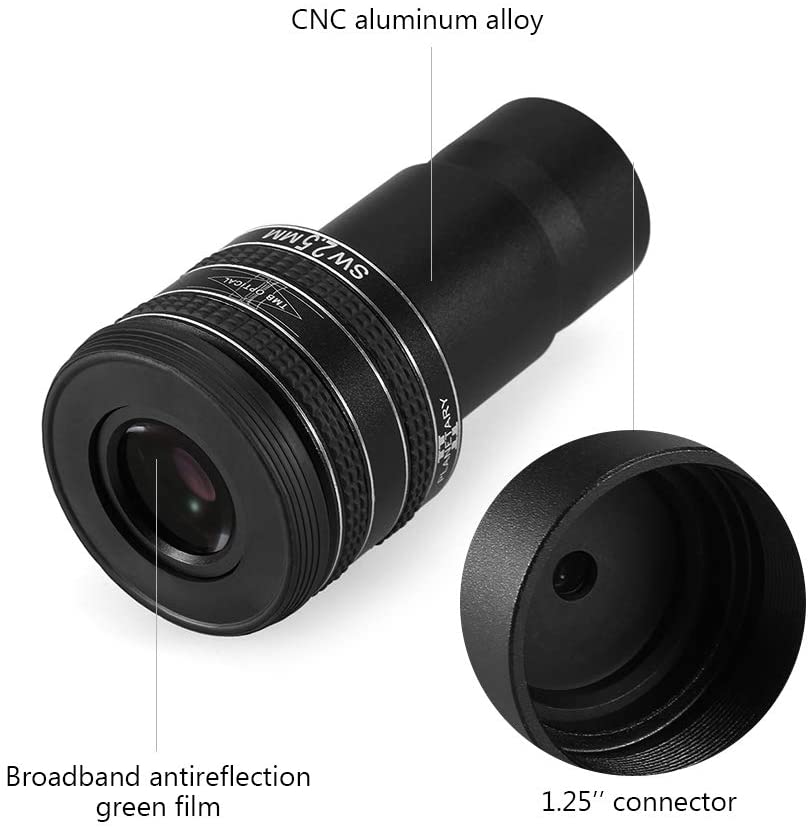 I hope you agree with me when I say:
I hope you agree with me when I say:
Without an eyepiece, your telescope will be as useless as an ashtray on a motorbike, especially for science projects. You won’t be able to magnify and see your favorite planets if this little object is missing.
It’s been centuries since the eyepieces are being used in the telescope yet there are still some of them in the market that are not the best telescope eyepiece brand. Before buying a telescope, you must consider the excellency of its eyepiece as it magnifies the image of the object you want to discover in space.
Telescopes having no eyepiece can still be used for cameras though, since this small piece of magic plays such a significant part in our science objects. Then why not talk about the finest eyepiece for planets? Don’t forget to read our telescope eyepiece guide and answers to some of the most frequently asked questions.
Things to consider before buying:
- Don’t forget to check the value of Focal Length: Focal length is the distance that light travels within the eyepiece from the lens to a person’s eye. It is undoubtedly an important factor in finding out the magnification of the image that you see through your telescope. An inverse relation occurs between both of them that is greater the focal length, the lower the magnification of the image is going to be.
- Choose the Right AFOV: The calculated angular diameter of light that can be seen through the eyepiece is the Apparent Field of View aka AFOV in degrees. A narrow field of view is the most suitable for observing the eyepiece planets such as the moon. On the other hand, a more immersive visual experience has been observed in the wide field of view. These are best suited for viewing deep-sky objects. Anything less than 40 degrees falls under the narrow field of view category while those equal and above 80 degrees fall under the wide category.
Best Eyepieces For Planets 2022:
Here is the list of top-rated telescope eyepieces explained for peeking into the planetary world:
| 20x80 BINOCULARS | RATING |
|---|---|
| Celestron- 1.25" eyepiece and Filter Accessory Kit | 10/10 (Editor's Choice) |
| SVBONY eyepieces with 4mm Telescope lens | 9/10 |
| Celestron 93428 X-Cel LX 3x Barlow Lens | 8/10 |
| Celestron- Zoom Eyepiece for Telescopes | 7/10 |
| Meade Instruments 07177-02 Eyepiece | 7/10 |
| Orion 8200 3.6mm Telescope Eyepiece Kit | 8/10 |
| Tele Vue 13mm Ethos 2" / 1.25" Eyepiece | 8/10 |
| Mugast Planetary Eyepiece | 7/10 |
| Walmeck Astronomical Telescope Eyepiece | 8/10 |
Let’s talk about the top eyepieces for planets in detail and make a qualitative analysis of the products to make it easier for you to select a suitable one.
1) Celestron – 1.25” Eyepiece and Filter Accessory Kit
Why We Love It:
- A warranty of 2-years speaks volumes of its reliability.
- A unique moon filter that amazes most new buyers and makes it the topmost telescope eyepiece for viewing planets.
- Variety of magnification ranges.
- Light transmission and protection are quite remarkable due to multi-coated optics.
- A metal case for the safety of accessories.
| Pros | Cons |
| ✅Some amazing planetary filters. | ❌ Some lenses may not be useful |
| ✅ Five quality eyepieces | ❌ Extremely delicate rubber. |
| ✅FA Barlow lens to improve observations |
2) SVBONY eyepieces with 4mm Telescope lens
Why We Love It:
- A unique aspheric design makes it a top telescope eyepiece brand.
- It comes with a blackened interior that allows it to take in more light rays than usual.
- The eyepiece is fully coated which makes the light transmission bright.
- The image produced by the eyepiece is clear.
- Eye guard made of delicate rubber.
| Pros | Cons |
| ✅Dust covers on both ends for protection against dust. | ❌ Can be dangerous if exposed to direct sunlight. |
| ✅ 62-degree broad aspheric eyepiece | |
| ✅Plossl eyepiece provides decent variety of magnifications |
Just got into Astronomy? Get yourself a perfect beginner telescope, check our guide on telescopes for beginners
3) Celestron 93428 X-Cel LX 3x Barlow Lens
Why We Love It:
- A wide variety of magnification ranges.
- The great quality of picture and color contrast is achieved through apochromatic and multi-coated optics.
- A 3X Barlow lens that increases magnification thrice.
- Colour correction is quite precise because of its achromatic property.
- Threaded barrel to receive 1.25″ filters
| Pros | Cons |
| ✅A protective brass ring that holds the eyepiece gently. | ❌ Not designed for use in astrophotography.. |
| ✅ Has an adjustable eyecup. | |
| ✅A strong rubber grip avoids unexpected dips |
4) Celestron- Zoom Eyepiece
Why We Love It:
- It comes with a vast variety of magnifications
- The 58 degrees wide view field creates quite a large image of the object.
- An eyecup that is flexible will make things much more comfortable for you.
- A zoom barrel button makes its working much simpler.
- Rapid zooming function from low to high power
| Pros | Cons |
| ✅Produces clear and crisp images . | ❌ Friction can damage its lenses |
| ✅ Comes with affordable price range. | ❌ No moon filter is available |
| ✅Coated lenses to create a better image |
5) Meade 07177-02 Eyepiece
Why We Love It:
- 4-element apochromatic lens that produces high-quality crisp and contrast images
- Perfect gripping specifically for beginners.
- An extraordinary stark contrast that is created by blackened edges
- Multi-coating on optics enhances its working
- Rubber eyecup for the eyepiece that can be folded down.
| Pros | Cons |
| ✅A reasonable warranty of 1 year . | ❌ Field of view is relatively smaller than usual eyepieces |
| ✅ Magnification ranges are good. | ❌ Not an obvious focus |
| ✅A soft rubber eye guard for protection |
Want some steady shots of the deep sky marvels? Check out our article on the telescope mount for astrophotography.
6) Orion 8200 3.6mm Telescope Eyepiece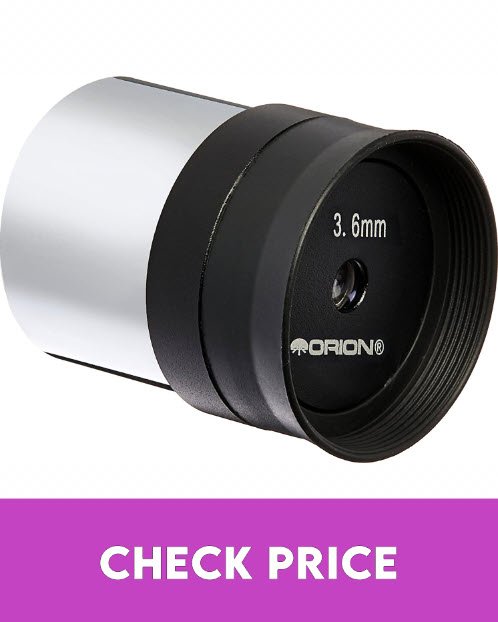
Why We Love It:
- High-powered magnification is the same as Barlow lenses.
- You can carry out a detailed analysis of the moon.
- The eyepiece is not too flashy.
- Good quality glass lenses that create a perfect image.
- An excellent focal length of 3.6mm
| Pros | Cons |
| ✅Available in an affordable price . | ❌ Lacks special or unique features |
| ✅ Detailed and crisp image production | ❌ Mostly suitable for beginners |
| ✅Provide good magnification results |
7) Tele Vue 13mm Ethos 2″ / 1.25″ Eyepiece
Why We Love It:
- Extremely valuable and rare as it also shows daytime planetary views.
- The resulting images produced are quite sharp.
- Portable eyepiece and comfortable to carry.
- It attracts much attention due to its different design.
- Extremely wide 100 degrees field of view.
| Pros | Cons |
| ✅It makes less distortion of images | ❌ LNot affordable for people having a low budget |
| ✅ Great image and magnifying quality | |
| ✅Easy to carry as it has slip-resistant surface |
8) Mugast Planetary Eyepiece
Why We Love It:
- Multi-coating interior of the eyepiece.
- Bright images having high contrasting
- It comes with a strong rubber mask that can also be folded easily
- Less number of adjustments for the manual mount
- We can also view deep sky objects
| Pros | Cons |
| ✅A decent focal length of 4mm | ❌ Cannot be easily accessible as it is quite expensive. |
| ✅ A wide 58 degrees field of view | |
| ✅Protected by lens caps on both ends |
Give your Astrophotogray an upgrade with a steady with these tripods for Astrophotography
9) Walmeck Astronomical Telescope Eyepiece
Why We Love It:
- Like few other greatest telescope eyepieces, It offers a decent light transmission.
- The images produced are clear and crisp.
- Shows a wider section of the night sky.
- A perfect eye relief that also suits people who wear glasses
- About 95% of light penetrates and color chromatism is quite low
| Pros | Cons |
| ✅A good 16mm eye relief | ❌ The quality of the image suits shorter focal lengths. |
| ✅ 58 degrees larger field of view. | |
| ✅A broadband green film that is used for anti-reflection |
Verdict
You must check these aforementioned telescope eyepieces for sale. Not only it shows you how to choose telescope eyepieces but also gives you their detailed analysis. Moreover, you must also read some of the top-rated telescope eyepieces reviews. This will help you to choose a suitable one according to your field of study.
Frequently Asked Questions:
How do eyepieces of telescopes work?
A good telescope eyepiece for viewing planets must have the best working eyepiece. Have you ever wondered how these eyepieces for planetary viewing work? Initially, your eyepiece will take the light that is caught inside your telescope and then focused inside it. After that this eyepiece magnifies the image that can be viewed by the naked eye.
What type of telescope do I need to see Saturn?
Maksutov-Cassegrain and Schmidt-Cassegrain are undoubtedly some of the leading telescopes to see the planets.
Among them, those that have an aperture that ranges from 4″ to 14″ are our favorites to observe the eyepiece planets like Saturn. That is because they have stronger proficiency in gathering light, their focal lengths are much larger, and can adapt to much higher magnifications.
How to understand which eyepiece to use?
Have you ever wondered what is a good eyepiece set for your telescope? Do you want to select the topmost piece for viewing planets? Keep in mind the following aspects of a decent eyepiece.
Go with the Perfect Barrel Size
The barrel of the eyepieces for planetary viewing is the section that slides into the focuser or diagonal. Usually, there are two barrel sizes. 1.25″ or 2″. The 0.965″ eyepiece is also manufactured but this is a very rare practice. So, when the question arises that ‘Which eyepiece is better for viewing planets?’ The simple answer would be a 1.25″ one as this is being mass-produced for quite some time now.
Type of eye relief
Your eye must be at an adequate distance from the eyepiece, neither too short nor too long to make it among the prime eyepieces for planets. Let yourself find suitable eye relief. A 10-20 mm eyepiece is normally considered manageable to use. Those who work on a telescope while wearing glasses must go for a 15 mm eyepiece for observation of various planets.
What is the finest telescope to see planets?
Our choice for the finest telescope to see the planets in the Orion Observer II 70 Refractor. The things that set it apart from its other contemporaries are its:
- Many clear views of the planets.
- Compact design
- Better tripod
- Less price
- Subtle false colors included in its optics
Sources:
- Visual astronomy of the deep sky
- The Development of Compound Eyepieces, 1640–1670
- Telescope Eyepieces
- 10 Best Monocular Telescopes UK in 2022【Reviewed】 - April 1, 2022
- How To Build A Dobsonian Telescope [Guide 2022] - March 31, 2022
- Best Astrophotography Stacking Software [Ultimate Guide] - March 31, 2022
